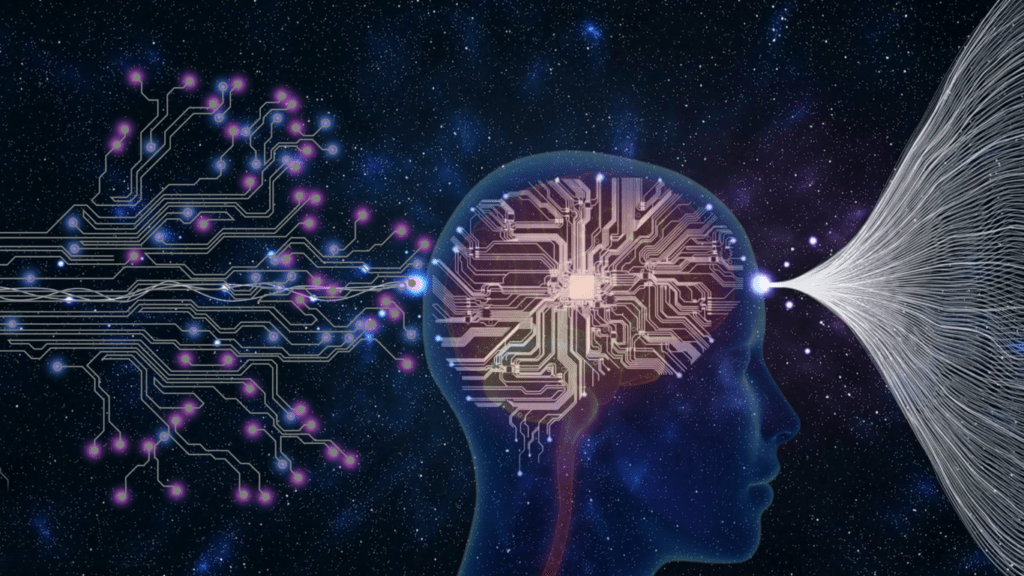The Early Days of the Internet
Understanding the early days of the Internet requires a look at its humble beginnings and those who first saw its potential. This section dives into the evolution from ARPANET to the World Wide Web and highlights the impact of early adopters.
From ARPANET to World Wide Web
ARPANET, created by the U.S. Department of Defense in 1969, laid the groundwork for the modern internet. It connected research institutions, allowing data sharing through packet-switching.
By 1983, ARPANET adopted TCP/IP, the protocol suite still used today. In 1991, Tim Berners-Lee introduced the World Wide Web, revolutionizing the internet by making it accessible to a broader audience with web browsers and the HTTP protocol.
The Role of Early Adopters
Early adopters, primarily researchers and academics, recognized the internet’s potential quickly. They developed initial applications, like email and file transfer protocols, essential for communication and collaboration.
Universities and tech enthusiasts played crucial roles in testing and expanding the network, paving the way for the commercial internet boom of the 1990s. Their contributions accelerated development, broadening the internet’s reach and functionality.
Milestones in Internet Development
Several key innovations have driven the evolution of the internet, from early communication tools to modern high-speed networks.
The Introduction of Email and Browsers
Email revolutionized digital communication by enabling instant message exchange. Ray Tomlinson’s invention in 1971 allowed networked users to send messages to each other.
By the late 1980s, email became a staple for academics and businesses, paving the way for mass adoption.
Web browsers were another significant milestone. In 1990, Tim Berners-Lee created the first web browser, known as WorldWideWeb.
This graphical interface enabled users to navigate the internet with ease. Netscape Navigator, launched in 1994, further popularized web browsing, leading to the mainstream use of the World Wide Web.
Broadband and Wireless Networks
Broadband replaced slow dial-up connections, drastically increasing internet speeds. Early 2000s saw the rise of DSL and cable modems, providing always-on connectivity.
This shift enabled richer content like video streaming and online gaming.
Wireless networks enhanced mobility. Wi-Fi, standardized in 1997, allowed devices to connect without physical cables. By 2003, Wi-Fi hotspots proliferated, ushering in an era of constant connectivity.
Coupled with the emergence of 3G and 4G technologies, wireless broadband became ubiquitous, supporting the proliferation of smartphones and mobile internet use.
Current State of the Internet
The internet has revolutionized how we connect and access information. From social media to streaming services, it continues to transform various aspects of our lives.
The Impact of Social Media

Social media platforms like:
have redefined communication. Over 4.8 billion people actively use social media worldwide as of 2023.
These platforms enable instant updates, real-time interactions, and global connectivity.
Businesses leverage social media for marketing, customer engagement, and brand awareness. Social media also influences political movements, social change, and public opinion.
Rise of Streaming Services
Streaming services like Netflix, Hulu, and Disney+ dominate the entertainment landscape.
Traditional cable TV subscriptions have declined, while streaming has surged. As of 2022, over 70% of U.S. households subscribed to at least one streaming service.
Streaming provides on-demand content, original programming, and high-definition quality. Live streaming platforms like Twitch have gained popularity in gaming communities.
Streaming has reshaped media consumption, prioritizing convenience and personalized experiences.
- Digital 2023: Global Overview Report, DataReportal, January 2023.
- The Media Universe, Nielsen, August 2022.
The Future of the Internet
The future of the internet promises unprecedented advancements. Technological innovations and increased accessibility will shape how we connect, learn, and entertain ourselves.
Emerging Technologies and Innovations
- AI and Machine Learning: AI and machine learning will transform online experiences by personalizing content, enhancing security, and automating tasks. For example, AI chatbots will provide instant customer support.
- 5G Networks: 5G will deliver faster speeds and lower latency, enabling seamless streaming, real-time gaming, and efficient remote work. This technology will support IoT devices for smarter homes and cities.
- Blockchain: Blockchain will improve data security and transparency. Industries like finance and supply chain management will see enhanced trust and efficiency through decentralized ledgers.
- Quantum Computing: Quantum computers will process complex data faster than traditional computers. This advancement will revolutionize fields like cryptography, pharmaceuticals, and artificial intelligence.
Internet Accessibility and Global Impact
- Broadband Expansion: Expanding broadband infrastructure will bring high-speed internet to underserved areas. Programs like SpaceX’s Starlink aim to connect remote regions via satellite.
- Digital Inclusion: Efforts to close the digital divide will ensure equitable access to the internet. Initiatives focus on providing devices and digital literacy training to marginalized communities.
- E-Government Services: Governments will offer more online services, enhancing transparency and efficiency. Citizens will access services like bill payments and permit applications online.
- Global Collaboration: Increased connectivity will foster global collaboration in education, healthcare, and research. Students can attend virtual classes with international peers, while researchers share findings in real-time.



